Community Collaboration
The water is cleaner in Huron-Kinloss thanks to the collaboration of community partners in the Pine River Watershed Initiatives Network.
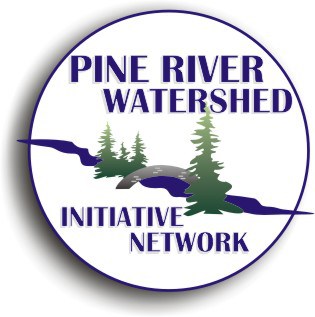
Established in 2000, Board Chair David Grant says in just the first 16 years, the Network has planted over 250,000 trees, created 21 windbreaks, developed six wetlands, and built six cattle crossings.

But how were they able to achieve all of this? David says all it takes is working together as a community.
“Our board requires someone from the shoreline residences, the boat club, someone from the two small towns, and from the agricultural community as well,” explains David.
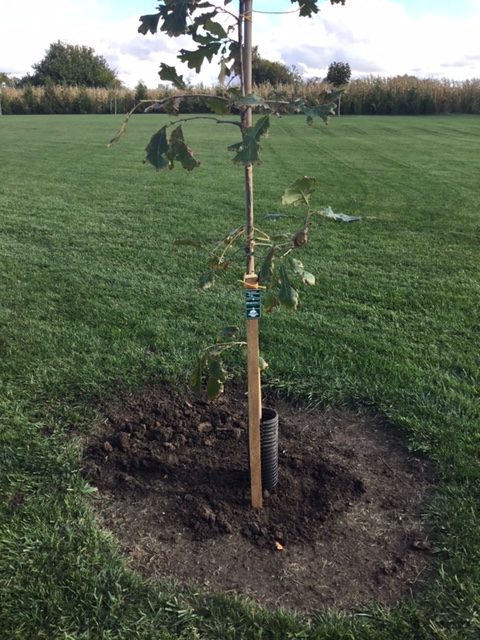
Working with the Agriculture Community
Farming is a big deal in Huron-Kinloss. David says that having representatives from the agricultural community is important because of their scale.
“There are lots of thousand-acre farms in our area, and just two small towns—Lucknow and Ripley. The Pine River watershed drains water from all the nearby farmland, and it comes out into Lake Huron just north of Point Clark. So in the spring, when the snow melts, you can see all the silt coming down right off the shore going past all the beaches and out onto the water. That’s why it’s so important for the agricultural community and the residents to have a relationship,” explains David.
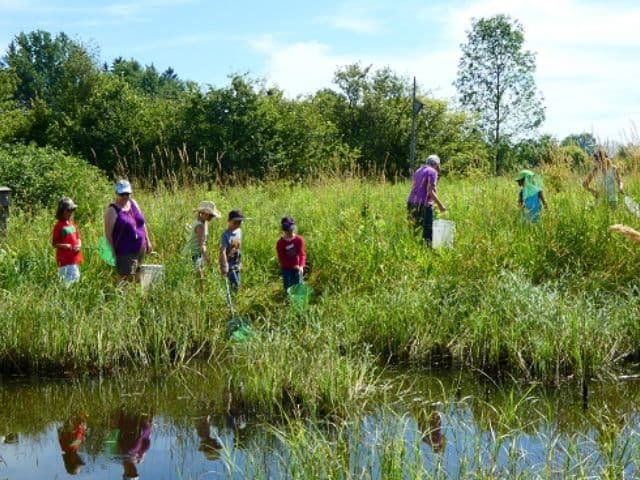
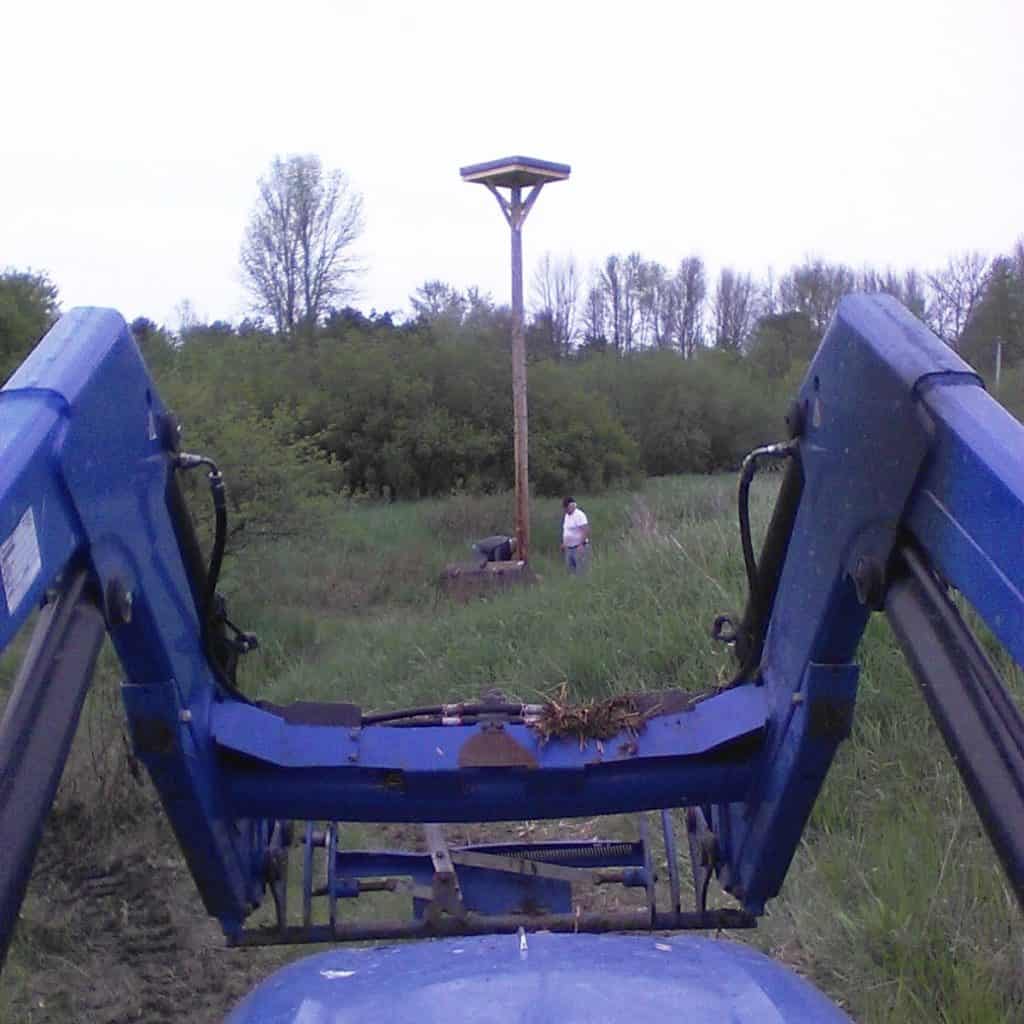
Good for the Environment
This relationship is good for the environment, too. In 2011, David says that the Network joined the Great Lakes Clean Water Initiative because the Pine River Watershed is one of the program’s five priority watersheds.
“What we’re trying to do is manage the flow of water onto Lake Huron by reducing the amount of nutrients like phosphates, nitrates, and topsoil from flowing quickly through the Pine and into the lake,” says David.
To tackle this, they’ve put in four nitrate filters and 17 berms. The berms collect water after significant rainfall events and hold the water so the nutrients and topsoil can settle out. Along with planting trees on pieces of land that farmers can’t use and building crossings to keep cattle away from the tributaries, the Network has found many ways to work alongside the agricultural community.

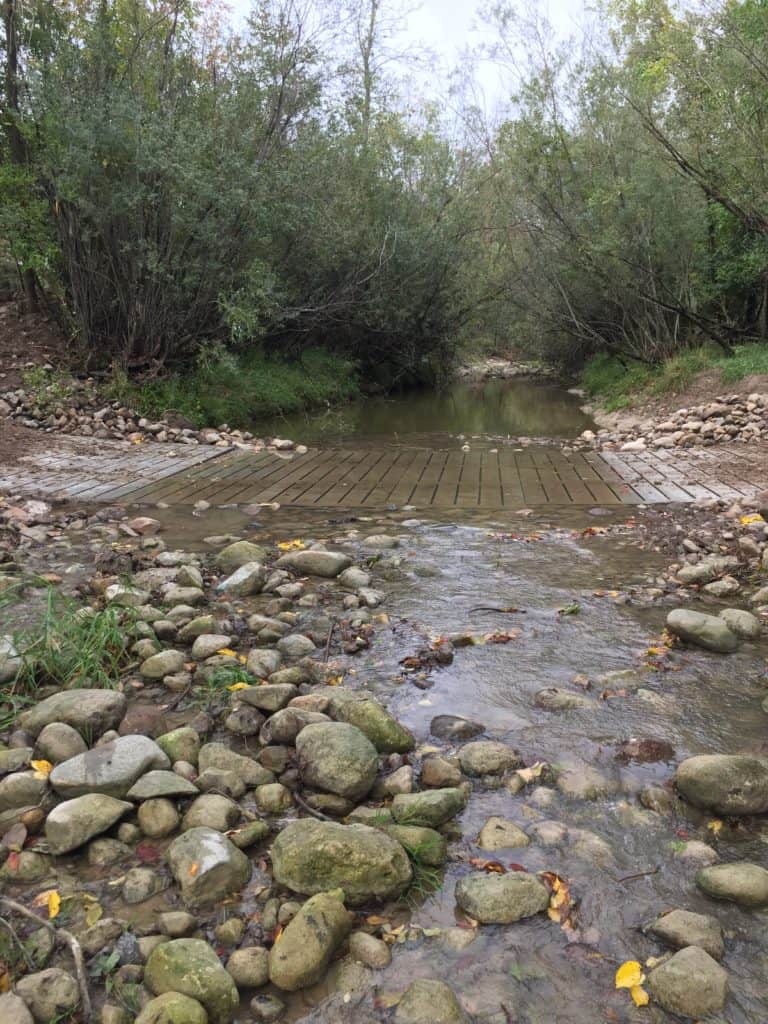
Trees for Everyone
The locals participate as well, particularly with tree planting.
“Since 2006, we’ve planted over 400,000 trees. We machine plant a lot of them ourselves, but we provide landowners trees that they can plant for windbreaks on their properties. We raise funds and provide them with seedlings in the spring,” says David.
“Donations come in from businesses and residents in the area to help us with our projects. We get good support from the local community and landowners, and we enjoy getting to know everyone when we work together on projects,” David says.
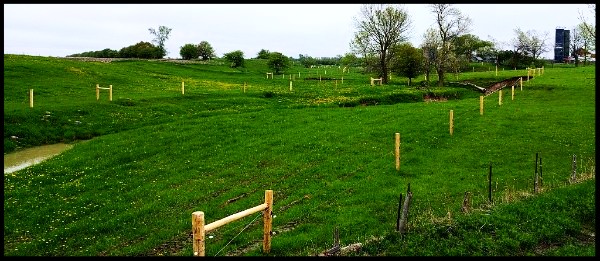
They’ve also worked with the local 4-H Club, teaching them how to plant trees. Students from local schools participate in tours at the McLarty Nature Centre in Ripley. The local Conservation Authority is on board with their plans to introduce a wetland and fish spawning area and to plant more trees with the township as well.
David says it’s great to see so many community partners and residents getting involved and caring about the environment in many ways.
“Donations come in from businesses and residents in the area to help us with our projects. We get good support from the local community and landowners, and we enjoy getting to know everyone when we work together on projects,” David says.
You can learn more about their past and upcoming projects by visiting their website. [LINK]